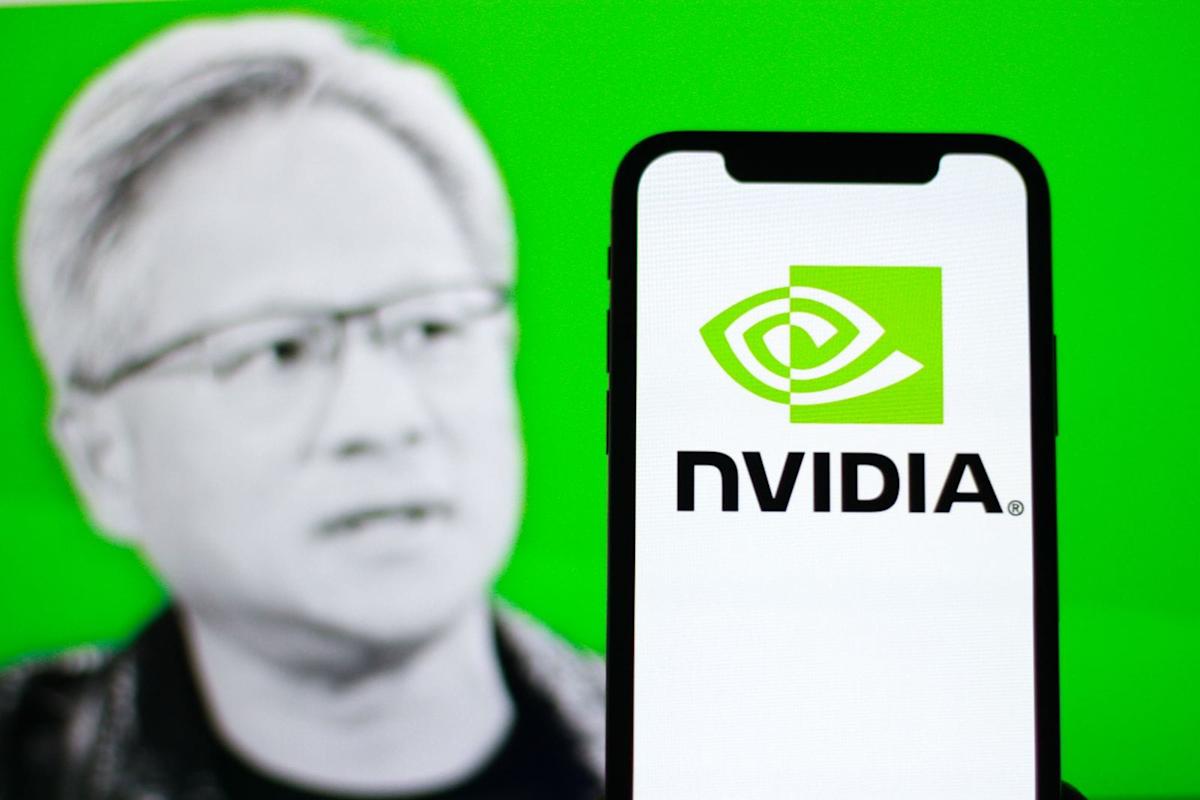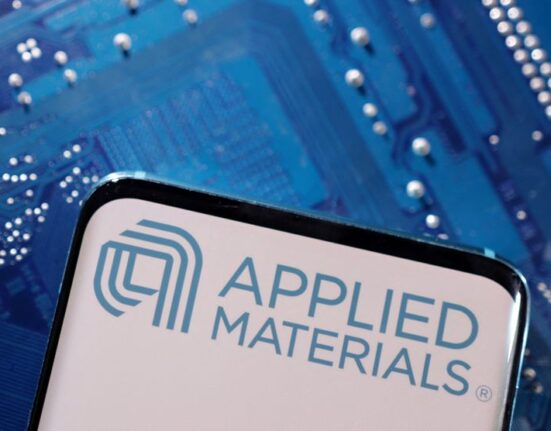Nvidia (NVDA) continues to dominate the global AI chip market, but new signals out of China suggest that the competitive landscape may be shifting. This week, reports surfaced that Huawei Technologies—widely considered China’s best hope of breaking free from reliance on U.S. semiconductors—plans to double production of its most advanced AI chips over the next year. The move underscores both Beijing’s determination to reduce dependence on U.S. technology and Huawei’s growing role in the domestic semiconductor race.
So, where does this leave investors? With NVDA stock continuing to notch record highs, how much weight should investors place on Huawei’s “warning”—and what’s the best move with the stock right now? Let’s take a closer look.
Nvidia is a premier technology firm known for its expertise in graphics processing units and artificial intelligence solutions. The company is renowned for its pioneering contributions to gaming, data centers, and AI-driven applications. NVDA’s technological solutions are developed around a platform strategy that combines hardware, systems, software, algorithms, and services to provide distinctive value. The chipmaker has a market cap of $4.53 trillion, making it the most valuable company in the world.
Shares of the AI darling have rallied 38% on a year-to-date basis (YTD). Since my latest article on NVDA, there has been no new company-specific news driving the stock, so its gains appear to be tracking the broader market.
Huawei Technologies is reportedly planning to significantly scale up production of its most advanced AI chips over the coming year. This spike in production is an effort to meet domestic demand in China, where companies like Alibaba (BABA), Tencent (TCEHY), and DeepSeek need millions of processors to develop and run AI services. Essentially, Huawei is seeking to win customers in the world’s largest semiconductor market at a time when Nvidia is grappling with geopolitical headwinds.
Bloomberg reported on Monday that Huawei plans to produce around 600,000 of its flagship 910C Ascend chips next year, nearly twice the output expected this year. Including other models in the series, total output could reach 1.6 million chips. If Huawei achieves those targets, it would mark a technical breakthrough for a company considered China’s best hope of reducing reliance on foreign chips. The 2025 and 2026 projections include Huawei’s existing inventory of dies, along with internal estimates of production yields and failure rates, according to the report.
Nvidia (NVDA) continues to dominate the global AI chip market, but new signals out of China suggest that the competitive landscape may be shifting. This week, reports surfaced that Huawei Technologies—widely considered China’s best hope of breaking free from reliance on U.S. semiconductors—plans to double production of its most advanced AI chips over the next year. The move underscores both Beijing’s determination to reduce dependence on U.S. technology and Huawei’s growing role in the domestic semiconductor race.
So, where does this leave investors? With NVDA stock continuing to notch record highs, how much weight should investors place on Huawei’s “warning”—and what’s the best move with the stock right now? Let’s take a closer look.
Nvidia is a premier technology firm known for its expertise in graphics processing units and artificial intelligence solutions. The company is renowned for its pioneering contributions to gaming, data centers, and AI-driven applications. NVDA’s technological solutions are developed around a platform strategy that combines hardware, systems, software, algorithms, and services to provide distinctive value. The chipmaker has a market cap of $4.53 trillion, making it the most valuable company in the world.
Shares of the AI darling have rallied 38% on a year-to-date basis (YTD). Since my latest article on NVDA, there has been no new company-specific news driving the stock, so its gains appear to be tracking the broader market.
Huawei Technologies is reportedly planning to significantly scale up production of its most advanced AI chips over the coming year. This spike in production is an effort to meet domestic demand in China, where companies like Alibaba (BABA), Tencent (TCEHY), and DeepSeek need millions of processors to develop and run AI services. Essentially, Huawei is seeking to win customers in the world’s largest semiconductor market at a time when Nvidia is grappling with geopolitical headwinds.
Bloomberg reported on Monday that Huawei plans to produce around 600,000 of its flagship 910C Ascend chips next year, nearly twice the output expected this year. Including other models in the series, total output could reach 1.6 million chips. If Huawei achieves those targets, it would mark a technical breakthrough for a company considered China’s best hope of reducing reliance on foreign chips. The 2025 and 2026 projections include Huawei’s existing inventory of dies, along with internal estimates of production yields and failure rates, according to the report.












Leave feedback about this